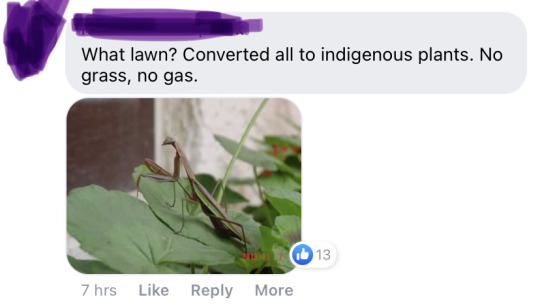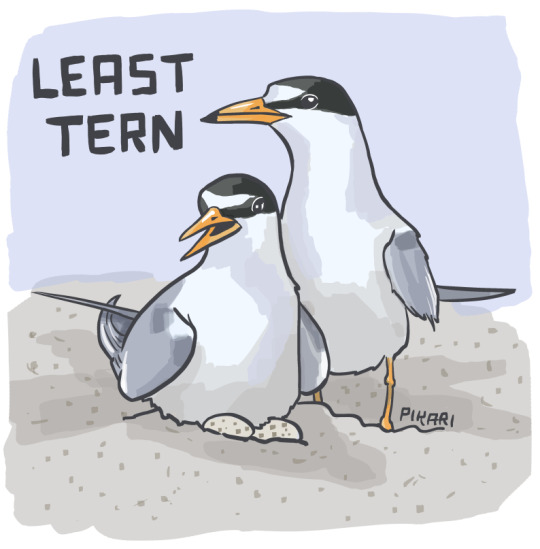Entry level educator at an aquarium. Still learning! 🦭
Don't wanna be here? Send us removal request.
Text
Fish of the Day
Today's fish of the day is the necklace carpetshark!

The necklace carpetshark, also known by the name varied carpetshark, and scientific name Parascyllium variolatum, is one of the best known carpet sharks in the genus Parascyllium. The scientific name draws from the latin word for spotted, referring to the white spots surrounding the body. Other than the Latin scientific name, this shark is known by many English names other than the two previously listed. In Australia, it is often referred to as: ring-neck catshark, or southern catshark. Despite sharing many features with catsharks, or ground sharks as they are sometimes referred, the Parascyllium genus nor the Parascylliidae family it resides in is considered catsharks, and this is why these names are often not used in classification.

Regardless of the naming structure, let's get into the location of this fish! Found around the coasts of Australia from 37 degrees South to 41 degrees South, around inshore waters. These sharks are known for their demersal lifestyle, living along the seabed. Living at a depth of 180 meters or higher the necklace carpetshark spends its nights over rocky coral reefs, kelp or seagrass beds, or sandy floors. During the day however, this shark shelters primarily in caves, although it can be found in camouflage along the seabed on rare occasions. This has led to these sharks being rarely seen by those not actively looking for them.

Necklace carpet sharks, like many of their relatives, possess a slender elongated body. With a maximum length of 91cm with most adults ranging 60cm-91, these sharks can be differentiated from their family members by the broad black markings that cover the gills, small spiracles, and smaller mouth than most. Their mouths possess 28 teeth along the top jaw, and 32 teeth along the lower. Their prey is primarily made up of shellfish along the seabed, which is caught as these sharks lunge at them from behind. These sharks are little predated on in adulthood, but on the rare occurrences, it is done by larger fish, sharks, or marine mammals in the area. Although, other than this eggs cases are often fed on by certain seasnails.

The reproduction of the necklace carpetshark is similar to that of its family. As an oviparous shark, eggs are laid outside of the mother, where they are then left to fend for their own to hatch, and then throughout its youth. Inside the mother, embryos feed on the yolk of its egg sack. Outside the mother, 2-3 eggs will be laid at a time with eggs being covered in 2-3 tendrils, which will anchor them to the sea bed, often during the summer months. After being laid, eggs will hatch within 12-39 days, with many of the juveniles being predated on per season. Eventually, once these sharks have gotten larger than 60cm, they are considered adults and develop sex characteristics, eventually going on to breed and lay their own offspring. Currently there are no known threats to the necklace carpet shark populations.

That's the necklace carpetshark! I hope everyone had a wonderful time reading about them!
590 notes
·
View notes
Text
DOGE just froze funding to vital Federal and Indigenous conservation programs devoted to supporting the very delicate and tenuous existence of the black-footed ferret.

I fell in love with these animals as a kid traveling to our National Parks. Their rarity and ferocity made me sharply aware, even as a child, of just how much of a responsibility we have toward our environment. I can't bear the thought of them being a fucking casualty of Trump and Musk.

Look at them! They do war dances.
58K notes
·
View notes
Text
It still makes me sad that I see mentions of Steve Irwin everywhere in animal circles, all the time, constantly, and yet almost never see anyone talk about Jeff Corwin. I know why Steve is so beloved, that dying early kinda boosted the whole hero thing, plus his family continuing his work, which keeps them in the spotlight and all.
But just!! Jeff started around the same time, I loved his original show even more at the time tbh, and he's still around and doing lots of conservation and education work!!! I just never see him brought up anywhere, or his TV shows or books or anything! And it's weird!
Anyway, I have finally been seeing a bit about him lately bc of this Jr Ranger Rick contest, which is so cool & little-me would have absolutely DIED over. I know a couple people with kids entered & I'm excited to see the outcome regardless of who wins!
78 notes
·
View notes
Text

Cream coloured courser and her chicks. Seyed Babak Musavi.
8K notes
·
View notes
Text
Mom sent me a facebook link to a PBS news hour post about how the anti-lawn movement is growing. The vast majority of the comments on it were stuff like this:








Most people are on our side here, even the so-called "boomers." We just have to be spreading ecological knowledge and practical means of creating useful habitat in back yards! Educate! Protect! Resist!
84K notes
·
View notes
Text
Reminder that the only reason "hermaphrodite" is even used in biology is because some zoologists a couple hundred years ago were were too lazy to come up with a new term to talk about how snails reproduce, and instead opted to compare them to intersex people. (Which were, at the time, ONLY called hermaphrodites. The word intersex didn't exist yet.)
Hermaphrodite has referred to intersex people since before we knew what a gamete was.
It wouldn't fucking kill you to use cosexed/cosexual, dichogamous, monoecious, gonosimulite, or whatever else to talk about animal species that have dual reproductive function. You don't need to contribute to a slur for us staying normalized.
6K notes
·
View notes
Text

Slooow down and meet today’s reptilian feature: the radiated tortoise (Astrochelys radiata)! It gets its name from the bright-yellow "radiating" (star) pattern on its domed shell. This herbivore munches on a variety of grasses, fruits, and succulents. For relief during extreme heat, it will burrow itself underground to try and keep cool. Once abundant throughout the dry regions of southern Madagascar, this species is now critically endangered due to habitat destruction and exploitation in the illegal pet trade.
Photo: andrewdressel, CC BY-NC 4.0, iNaturalist
2K notes
·
View notes
Text

We are hitting peak bird migration season in the United States with hundreds of millions of birds making their way north this weekend. Artificial light can be extremely confusing and disorienting for these birds as they migrate! Please make sure to “go dark” and turn off any unnecessary lights around your home. Your avian neighbors are counting on you to help them on this perilous journey. Lights out this weekend!
Bird migration forecast map is from BirdCast, where you can find more information and live updates.
1K notes
·
View notes
Text
I feel like "trump wants to throw away literal dinosaur fossils" would really turn heads if we actually had a functional opposition party in this country to get messages out, but I guess I'll just have to get a paint pen and write it on my car. fine, I'll do it.
40K notes
·
View notes
Text
To my fellow Inaturalist fans this is your reminder that annotations exist. Ooh you want to make the fun data better ooohh


Both stats above are from red winged blackbird observations!
39 notes
·
View notes
Text
Favorite bird genre has got to be 'that's literally just a dinosaur'

Groove-Billed Ani

Hoatzin

Pheasant Coucal
113K notes
·
View notes
Text

Oh. My. Gawd. Honey, is that the Whitefeathers nesting next to us again? I really don't think I can stand them for another season.
Least Tern (Sternula antillarum)
North America & Caribbean, winters in South America
Status: Endangered (USA interior and California populations)
Threats: human disturbance, predators, extreme weather
326 notes
·
View notes
Text

Pearl-banded or Sichuan Rat Snake (Euprepiophis perlaceus), family Colubridae, Sichuan, China
ENDANGERED.
photograph by Spark Chou
477 notes
·
View notes


